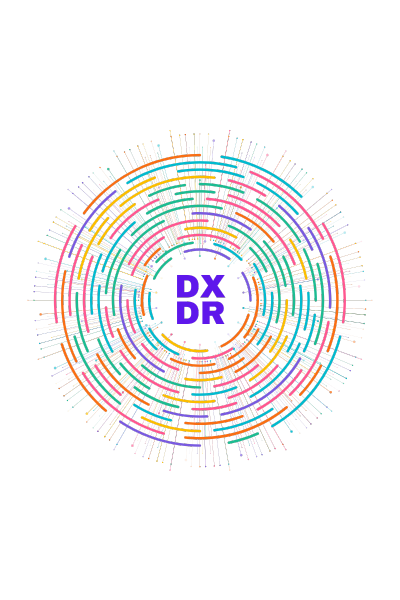#1 : Introduction to Open Part I with Bryan Behrenshausen


#1 : Introduction to Open Part I with Bryan Behrenshausen
- April 10, 2017
- Jen Kelchner
What exactly is Open?
Bryan Behrenshausen of Red Hat helps us to understand what Open is and it relates to organizational change today. How Red Hat started a global conversation about Open organizations and principles we can implement for business success. Discover the five foundational principles and mindsets of Open – transparency, inclusivity, collaboration, community, and adaptability – examples of companies who are using Open principles; and how to get engaged in the conversation.
Guest: Bryan Behrenshausen 
Community Architect & Ambassador for The Open Organization
The conversations we’re having, demonstrate there is a real need to emphasize the fact that these are foundational principles – they’re cultural. They are things that you need to inculcate at a cultural level. – Bryan Behrenshausen







